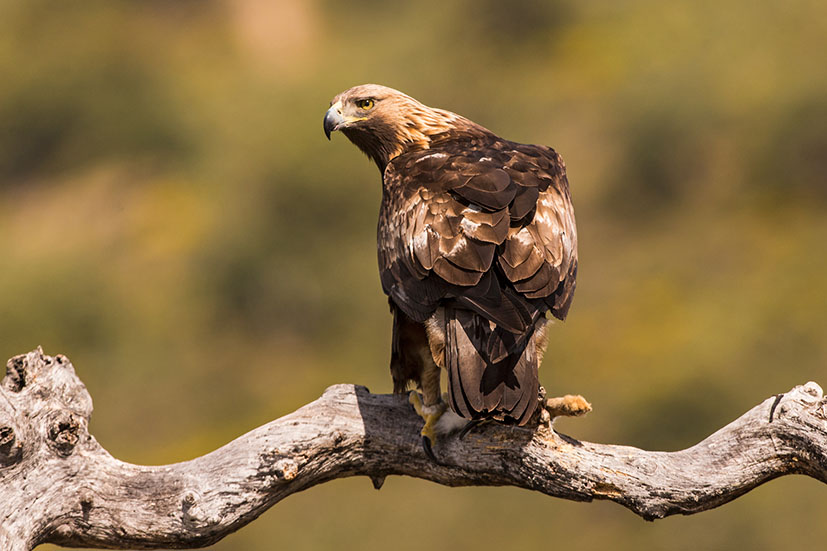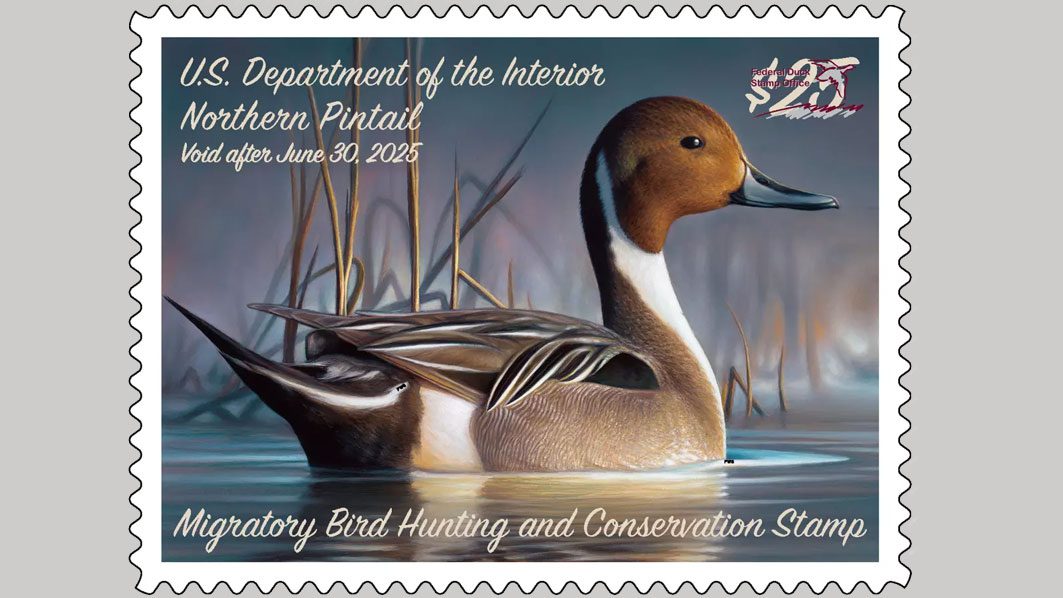The U.S. Fish and Wildlife Service (USFWS) has announced final revised regulations for permits under the Bald and Golden Eagle Protection Act that will go into effect April 12, 2024. The final rule establishes both general and specific permits. General permits would be for four activities: wind energy, powerlines, disturbance take, and nest take. In contrast, specific permits are issued for projects which exceed particular thresholds and thus, are deemed higher-risk to eagles.
“This is a modest win for eagle conservation in the face of the needed renewable energy development boom,” said Michael J. Parr, President of American Bird Conservancy (ABC). “The U.S. Fish and Wildlife Service is to be commended for a smart solution, as this rule will likely provide increased stability for eagle populations impacted by the clean energy transition.”
In regard to wind energy development, an estimated 80{a47be734f0df8d7f120a7df290cf380c79376e8356d1aab405383bb23aa6ce67} of existing land-based turbines in the lower 48 states are eligible for general take permits because the projects are predicted to pose a low risk to eagles. For powerlines, in addition to following best practices that reduce electrocutions and collisions, the rule provides for retrofits that will greatly reduce bird mortality over time.
Golden Eagle, copyright Ron Marshall, from the surfbirds galleries
“The rule didn’t include all of our recommendations to conserve eagles,” said Lewis Grove, ABC’s Director of Wind and Energy Policy. “We would have liked to see more third-party monitoring, data transparency, opportunities for public oversight through regulatory processes, stronger compensatory mitigation requirements, and a shorter time frame for powerline retrofits.”
“Renewable energy is important to a sustainable climate future for humans and birds alike,” said Parr. “At the same time, we at ABC believe that renewable energy can and must be expanded with adequate safeguards for birds and other wildlife, to limit unintended consequences.”
“We remain concerned about eagle populations due to development impacts, as well as inaction to eliminate major threats including lead and pesticide poisoning,” Grove said. “According to recent population estimates, Golden Eagle populations are likely declining in North America. There are serious concerns about population-level impacts from even modest increases in human-caused mortality.”
ABC supports wind energy development when it is bird-smart, and welcomes opportunities to collaborate on effective strategies. Wind energy developers, consultants, and resource management agencies are encouraged to use ABC’s Wind Risk Assessment Map as a tool to inform Bird-Smart Wind Energy development.
To learn how you can help ABC protect habitats for eagles and other migratory birds, click here.




